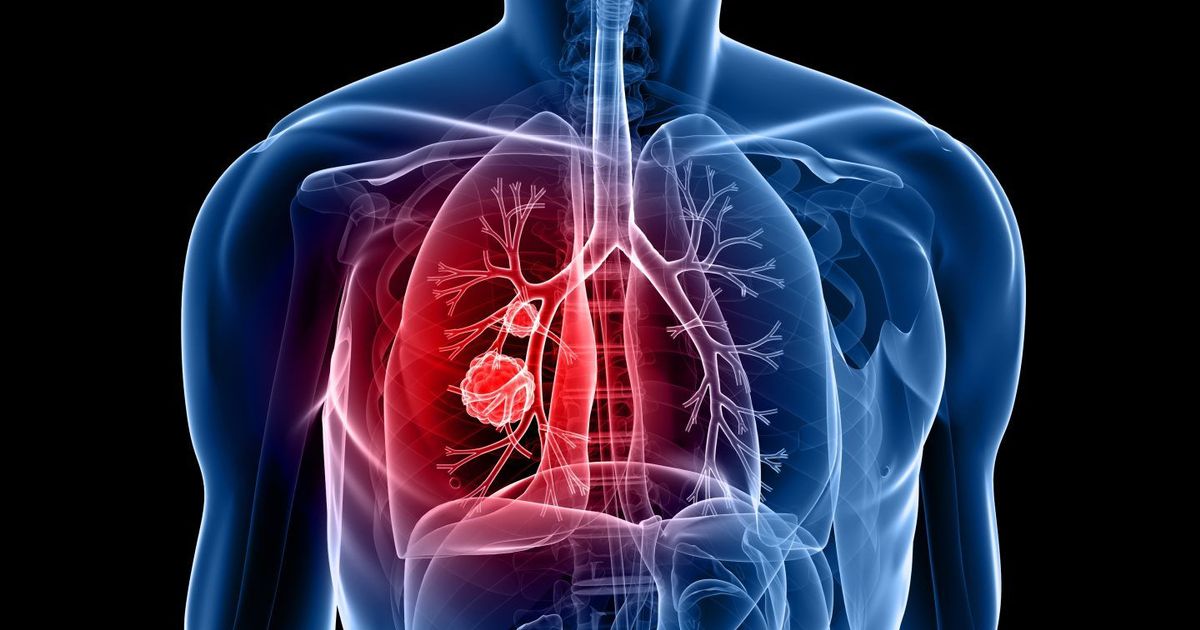The Most Common Types Of Cancers That Affect Men
A majority of us know that being aware of cancer and its early warning signs is one of the best ways to detect it and stay healthy. Cancer can often be treated successfully if it is detected and diagnosed early. However, the longer the cancer is left to manifest and grow, the greater damage it can do to a patient’s body, making it much more difficult to treat. Specifically, there are also some forms of cancer that are particularly dangerous for men. Continue reading to reveal the most dominant forms of cancer that affect men and the warning signs that males should be aware of.
Lung Cancer

Not every patient recognizes the obvious signs of lung cancer, which can make it difficult to detect and treat in its early stages. For those that do notice the signs, they may experience chest pain that worsens with deep breathing, coughing, or laughing, a persistent cough, coughing up blood or rust-colored spit or phlegm, hoarseness, weight loss and loss of appetite, shortness of breath, and fatigue. These symptoms can also be related to other conditions as well, however, these are the classic signs of lung cancer that males should be aware of and should get checked out by a physician if they continue and worsen.
